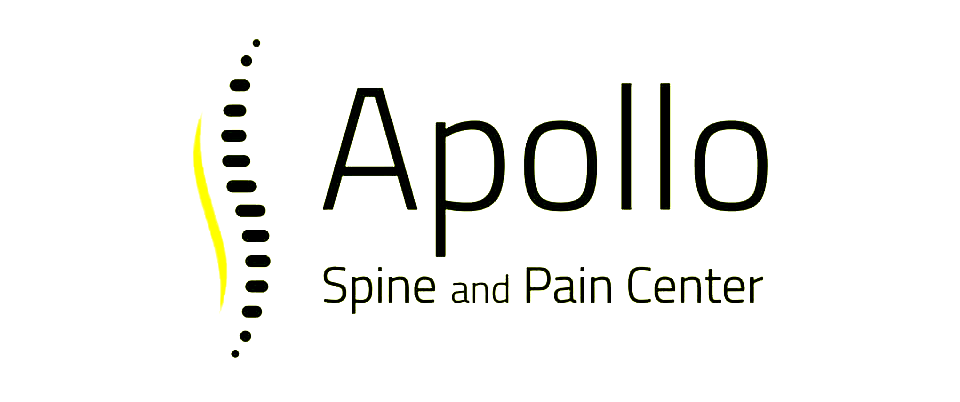Phantom Limb Pain: Finding Relief Through Interventional Pain Management
Phantom Limb Pain (PLP) is a remarkably complex pain disorder affecting millions of individuals worldwide, predominantly amputees. This enigmatic pain typically occurs after the removal of a limb, with patients still experiencing sensations of pain or discomfort in the non-existent limb.
The presence of Phantom Limb Pain often poses significant challenges for patients trying to regain their quality of life and adjust to their new physical condition. Not to mention, effectively treating and managing this perplexing pain can be daunting, with traditional pain relief methods often proving insufficient or short-lived.
With that in mind, let’s explore various cutting-edge interventional pain management treatments for Phantom Limb Pain, such as nerve blocks, spinal cord stimulation, and neuromodulation. As we demystify these techniques and discuss their potential benefits, our aim is to equip you with valuable knowledge that empowers you to make informed decisions in your pursuit of lasting pain relief.
The Complexities of Phantom Limb Pain: Understanding the Phenomenon
Phantom Limb Pain (PLP) is a perplexing pain disorder that commonly occurs after the removal of a limb due to amputation. It manifests as sensations of pain, discomfort, or tingling in the missing limb, creating a distressing and challenging road to recovery. Research suggests that PLP is a result of maladaptive changes in the brain and spinal cord following amputation. Nerves in the residual limb may also play a significant role in the development of PLP.
Addressing the complex nature of Phantom Limb Pain requires a comprehensive and multidimensional approach that goes beyond conventional pain-relief methods. Adopting advanced interventional pain management techniques is essential in effectively treating and managing this unique pain condition.
Nerve Blocks for Phantom Limb Pain: Immediate and Precise Relief
Nerve blocks are a type of interventional pain management that provides targeted pain relief by injecting anesthetic or anti-inflammatory medications into the relevant nerve pathways. For patients suffering from Phantom Limb Pain, specific nerve blocks can be administered to alleviate pain and enhance overall comfort.
Two common types of nerve blocks for treating Phantom Limb Pain include:
1. Peripheral Nerve Block: This technique involves injecting local anesthetic medication around the nerves in the residual limb, providing immediate pain relief and reducing inflammation.
2. Lumbar Sympathetic Block: This procedure targets the sympathetic nerves in the lower back, responsible for transmitting pain signals related to PLP. By blocking these nerves, pain relief can be achieved and maintained for extended periods.
Spinal Cord Stimulation: A Breakthrough in Phantom Limb Pain Management
Spinal Cord Stimulation (SCS) is a revolutionary interventional pain management treatment that has shown remarkable success in alleviating Phantom Limb Pain. In this procedure, small electrical leads are implanted along the spinal cord, emitting mild electrical impulses that disrupt pain signals before they reach the brain. Patients can control the intensity and frequency of these impulses using a handheld remote, giving them a level of autonomy in their pain management.
SCS is a reversible and minimally invasive technique, making it an ideal option for those seeking targeted and personalized treatment for their Phantom Limb Pain. As a long-term pain management solution, Spinal Cord Stimulation offers renewed hope for enduring pain relief and a high degree of control over one's pain experience.
Neuromodulation: Rewiring the Brain's Pain Perception
Neuromodulation is a cutting-edge interventional pain management technique that targets the neural pathways responsible for processing pain signals in the brain. Through the use of advanced technology, neuromodulation treatments can modify the perception of pain that the brain receives from the amputated limb.
Transcranial Magnetic Stimulation (TMS) and Repetitive Transcranial Magnetic Stimulation (rTMS) are promising forms of neuromodulation that have demonstrated effectiveness in alleviating PLP. These procedures involve painless, non-invasive stimulation of specific areas of the brain using short electromagnetic pulses. This stimulation promotes therapeutic alterations in the neural pathways, reducing pain perception and providing lasting relief.
Rediscover a Life of Comfort and Control with Cutting-Edge Pain Management Techniques
The path to healing and recovery from Phantom Limb Pain can be filled with obstacles and challenges. However, with the incorporation of advanced interventional pain management techniques, patients can now experience meaningful pain relief and an enhanced quality of life.
Our pain management clinic is committed to providing the most comprehensive and personalized pain management solutions tailored to each patient's unique pain challenges. By integrating cutting-edge treatments such as nerve blocks, spinal cord stimulation, and neuromodulation, we are dedicated to supporting you in your journey towards lasting relief, autonomy and a restored sense of well-being.
Don't let Phantom Limb Pain dictate your life. Reach out to our compassionate and knowledgeable pain management specialists today at Apollo Spine and Pain Center, and together, let's explore our
pain management services in Cumming, GA, designed to help you regain control over your pain and embrace a brighter, pain-free future.












